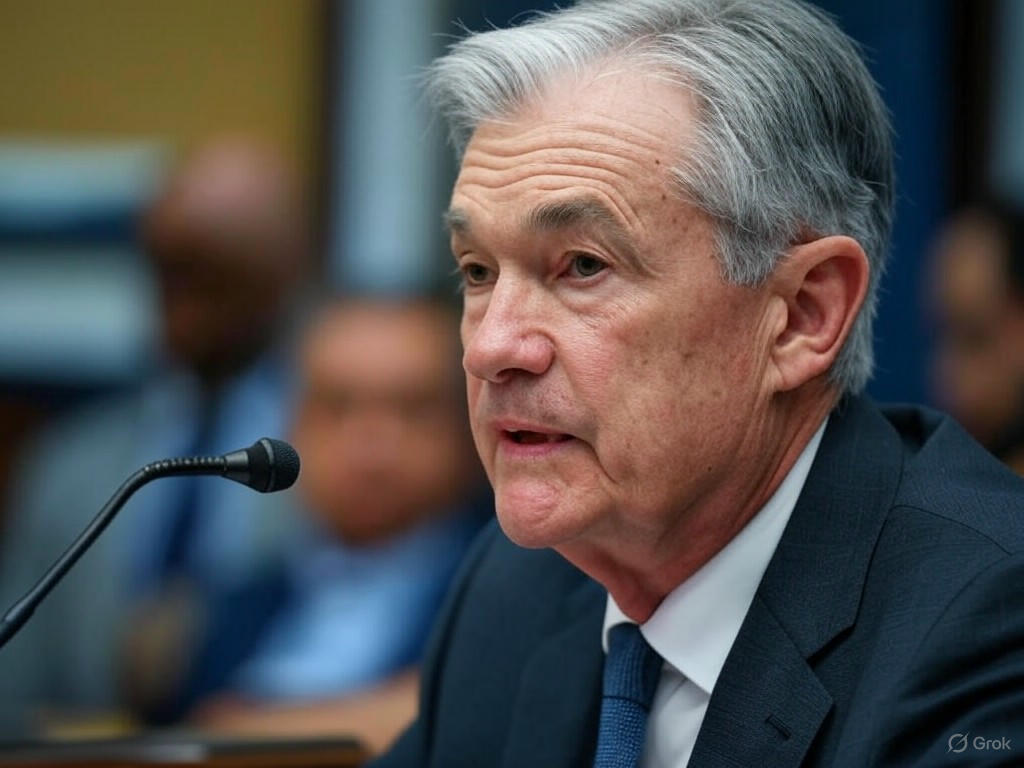As the calendar flips to June 2025, all eyes are on the Federal Reserve, with its latest interest rate decision sending ripples through the financial world. Amidst growing concerns about an economy teetering on the edge, the central bank’s announcement has sparked intense debate among analysts, investors, and everyday Americans alike. With inflation still a lingering challenge and unemployment figures showing unexpected fluctuations, the Fed’s next steps could either steady the ship or push it further into turbulent waters.
The backdrop to this decision is a nation grappling with mixed economic signals. Consumer spending, a key driver of growth, has shown signs of slowing as households tighten their belts in response to persistent price pressures. Meanwhile, businesses are navigating a landscape of higher borrowing costs, which have already dampened investment in key sectors like manufacturing and real estate. Against this complex canvas, the Federal Reserve faces the daunting task of balancing inflation control with the risk of tipping the economy into a recession. Some experts speculate that a rate hike, though potentially necessary to curb inflation, might exacerbate financial strain on already burdened families and small businesses. Others argue that holding or even lowering rates could signal a lack of resolve, allowing inflationary pressures to spiral further.
What makes this particular decision so pivotal is the broader global context. International markets are also feeling the heat, with supply chain disruptions and geopolitical tensions adding layers of uncertainty. The Fed’s actions don’t just impact domestic policy; they reverberate across borders, influencing currency values and trade dynamics. For instance, a stronger dollar resulting from a rate increase could make American exports less competitive, while simultaneously attracting foreign investment. This delicate interplay underscores the high stakes of the central bank’s strategy. Economists are divided on whether the Fed will prioritize short-term stability or take a longer view, potentially accepting temporary pain for sustained recovery.
For the average citizen, the implications are far from abstract. Mortgage rates, credit card interest, and loan costs are all tethered to the Fed’s benchmark rate, meaning any shift could directly hit wallets. Financial advisors are urging individuals to prepare for various scenarios—whether it’s locking in fixed-rate loans now or building emergency savings to weather potential economic downturns. Small business owners, too, are on edge, as tighter credit conditions could limit their ability to expand or even maintain operations.
As we await further clarity on the Federal Reserve’s direction, one thing is certain: the road ahead is fraught with challenges. The June 2025 decision isn’t just a number on a policy sheet; it’s a signal of how the nation’s economic stewards view the future. Whether they choose to tighten the reins or ease the burden, the consequences will shape financial realities for months, if not years, to come. Staying informed and adaptable will be key for everyone navigating this uncertain economic landscape.
